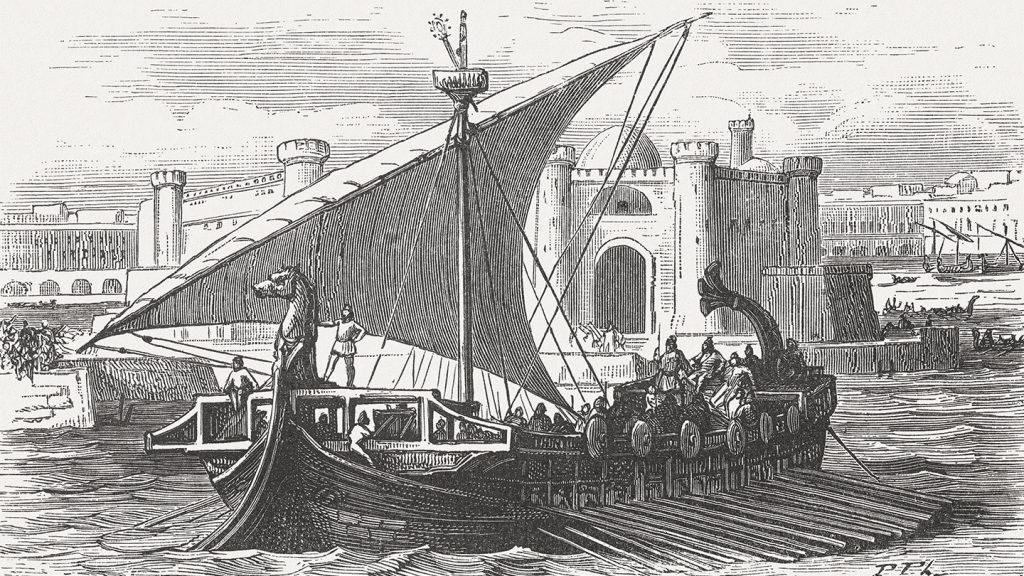In “After 1177 B.C.,” author Eric H. Cline explores the complex and varied responses of ancient Bronze Age societies to a series of calamities that led to the Late Bronze Age collapse around 3,200 years ago. Drawing from ancient inscriptions, artifacts, and excavated sites, Cline highlights how some societies disappeared while others adapted, transformed, and even thrived in the midst of chaos. He argues that these diverging trajectories during the Iron Age following the collapse offer valuable lessons for today’s world.
Cline points out that certain societies, such as the Phoenicians in coastal Middle Eastern cities, demonstrated antifragility, the ability to grow stronger in the face of disorder. The Phoenicians took over major maritime trade routes after the fall of dominant port cities and expanded trade ties through silver and metal exchange, spreading an alphabetic system that influenced modern languages. Similarly, people in Cyprus established new towns and governments in response to challenges, pioneering innovations in the iron industry.
Resilient societies displayed characteristics like preparation for emergencies, strong defenses, reliable water resources, and contented populations. Meanwhile, weaker societies experienced varying degrees of vulnerability during the collapse. Assyrians and Babylonians in Mesopotamia survived with their social systems intact but faced population declines due to drought, famine, and disease. Egyptian civilization declined in power and status, while Mycenaean society in mainland Greece disappeared but slowly rebuilt after several centuries.
Cline offers a thought-provoking exploration of the Late Bronze Age collapse, acknowledging differing scholarly opinions and providing a helpful list of rulers for clarity. While it is challenging to reconstruct the past, predicting the future remains even more difficult. The book presents a compelling discussion on how ancient societies coped with adversity and the implications for modern civilizations facing similar threats. Readers are left to ponder whether our society will follow the path of the resilient Phoenicians or the fragile Mycenaeans in responding to contemporary challenges.


